| Vintage Pulp | Jan 27 2021 |

Hepburn has to overcome blindness, bad guys, and the script.
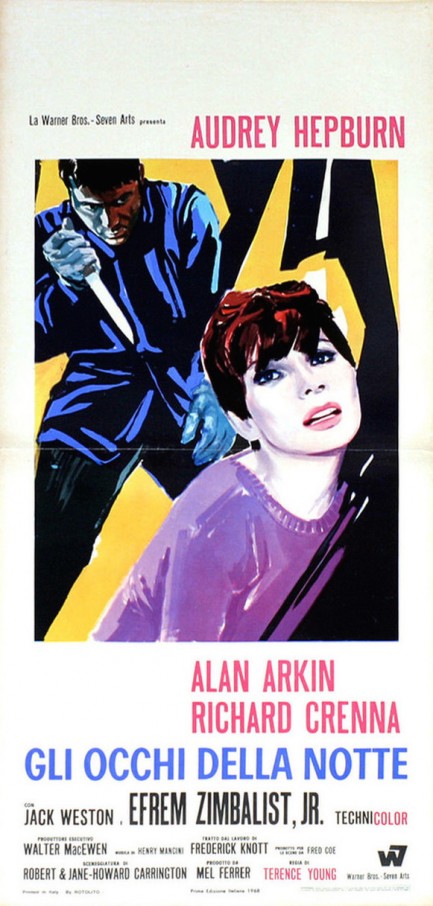
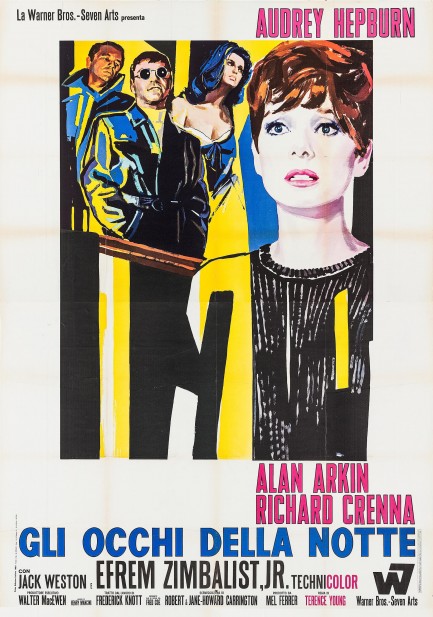
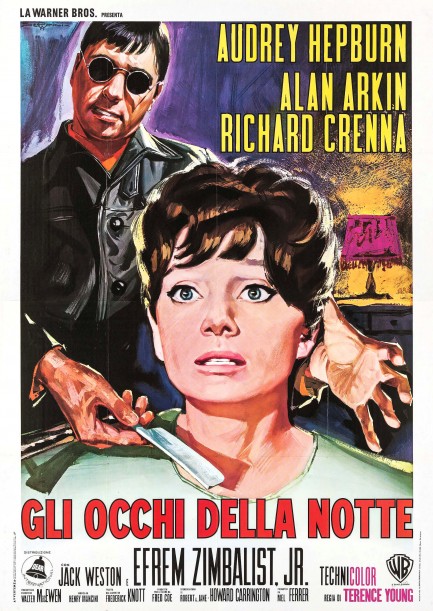
Above are three beautiful posters for the suspense film Gli occhi della notte, which is better known as the Audrey Hepburn classic Wait Until Dark. You've doubtless heard of it. Hepburn plays a blind woman terrorized by a sociopath. The film also starred Richard Crenna and Alan Arkin, and was directed by Terence Young, who had previously helmed the James Bond movies Dr. No, From Russia with Love, and Thunderball, so there's plenty of star power here, in front of and behind the camera.
And as often happens when a movie supposedly can't miss, this one goes wide of the mark. The main problem is recurring plot unbelievability, perhaps best exemplified by the fact that Hepburn, who lives in a building where there are other apartments, and has an ally who lives in one of those flats, doesn't simply hole up at the neighbor's when the crazy man targets her. She can get there without being seen, but she doesn't take the easy escape available to her.
In real life people don't always see the best solution to a problem, but in a movie, if the filmmakers want the audience to be fully invested, the heroine or hero should make smart choices, which ratchets up the fear when those choices still fail. We wrote an essay touching on that theme a while back. Hepburn's lack of survival instinct is a pretty big issue, but okay, she's great in the film, of course, and if you really immerse yourself it will still scare you once or twice. Just don't let anyone tell you it's perfect. After opening in the U.S. in 1967 Wait Until Dark premiered in Italy today in 1968.
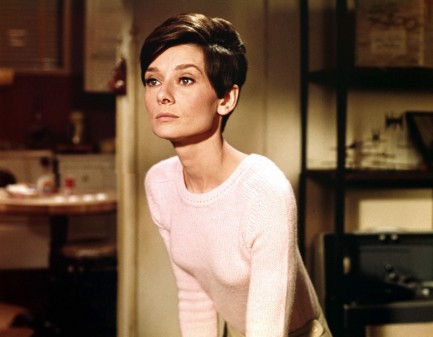
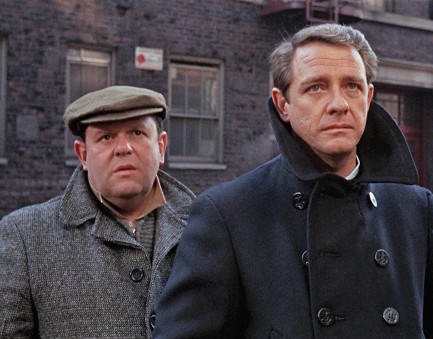
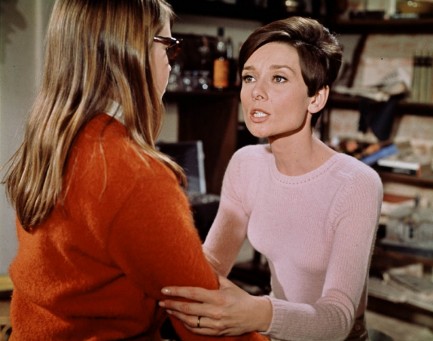
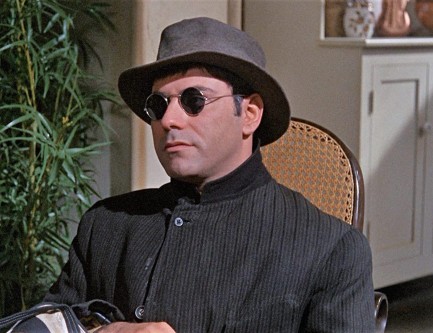
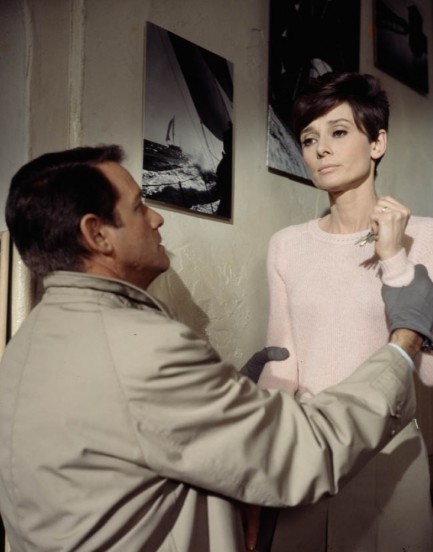
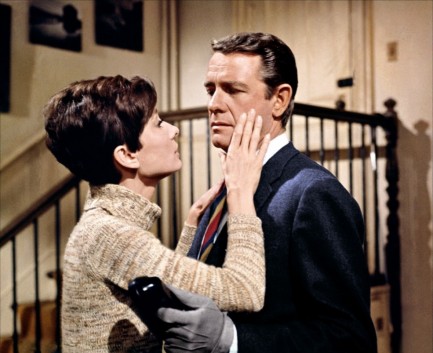
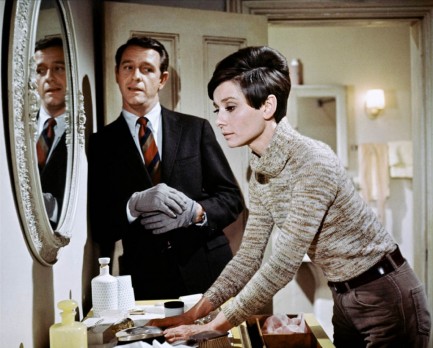
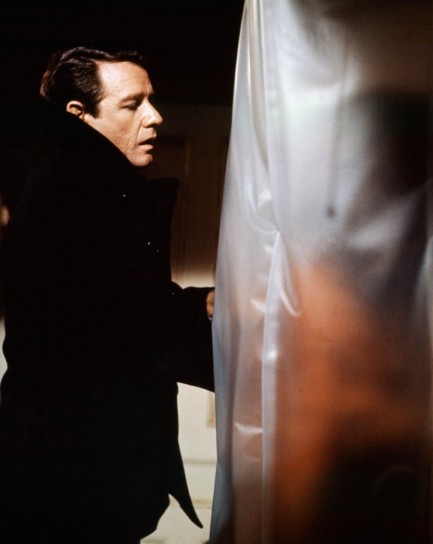
| Vintage Pulp | Apr 29 2019 |

Cleo Moore tries to picture a better life.
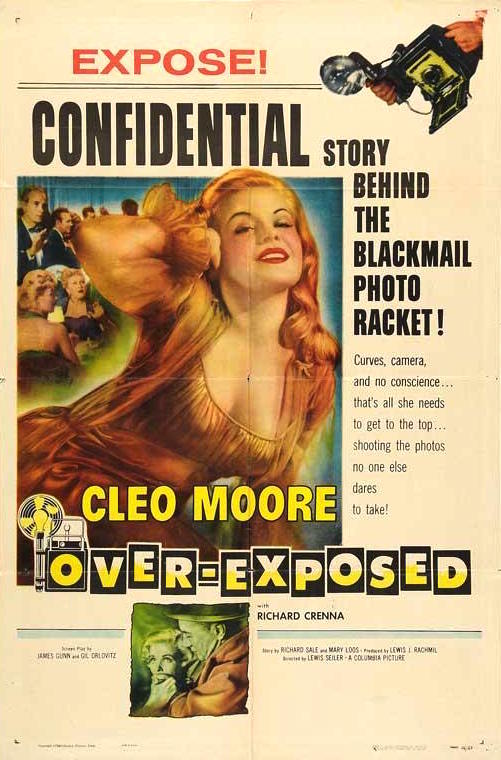
The drama Over-Exposed came with the mighty cool promotional poster you see above, and we think it perfectly captures the amoral, tabloid-style themes of the film. Cleo Moore plays a woman at loose ends who meets a kindly photographer and decides to learn his trade. She quickly shows a talent for camera work, moves to New York City, and schemes her way into increasingly better jobs in pursuit of money and fame. She gets plenty of both, and also scores a gig as the house photographer at Club Coco, a mobster backed watering hole where she eventually lands in a big kettle of red hot trouble.
There are aspects of Over-Exposed that play differently now than they would have even a dozen years ago. Richard Crenna as her love interest is bummed to be taking more and more of a back seat as Moore climbs the ladder. This friction is portrayed sympathetically toward Crenna, with Moore shown to be losing her soul, but modern viewers might find this sexist, and point out that ambitious women are nearly always treated shabbily—both in vintage cinema and modern life. So in that sense there's unintended feminist tension to the movie that makes it more complex than you'd expect going in.
You'll see Over-Exposed labeled a film noir in many places, but it's one of those movies that mostly doesn't fit the brief. It isn't until the climax that it has the look and feel of noir. This wasn't uncommon—numerous old movies spent eighty minutes as pure drama before turning to noir stylings to spice up their finales. The Time To Kill, which we talked about a while ago, is a prime example. So is Over-Exposed a film noir? Ultimately, we think not, but when borrowing from the genre it does so better than most. An improbable but enjoyable flick, it premiered this month in 1956.
You'll see Over-Exposed labeled a film noir in many places, but it's one of those movies that mostly doesn't fit the brief. It isn't until the climax that it has the look and feel of noir. This wasn't uncommon—numerous old movies spent eighty minutes as pure drama before turning to noir stylings to spice up their finales. The Time To Kill, which we talked about a while ago, is a prime example. So is Over-Exposed a film noir? Ultimately, we think not, but when borrowing from the genre it does so better than most. An improbable but enjoyable flick, it premiered this month in 1956.
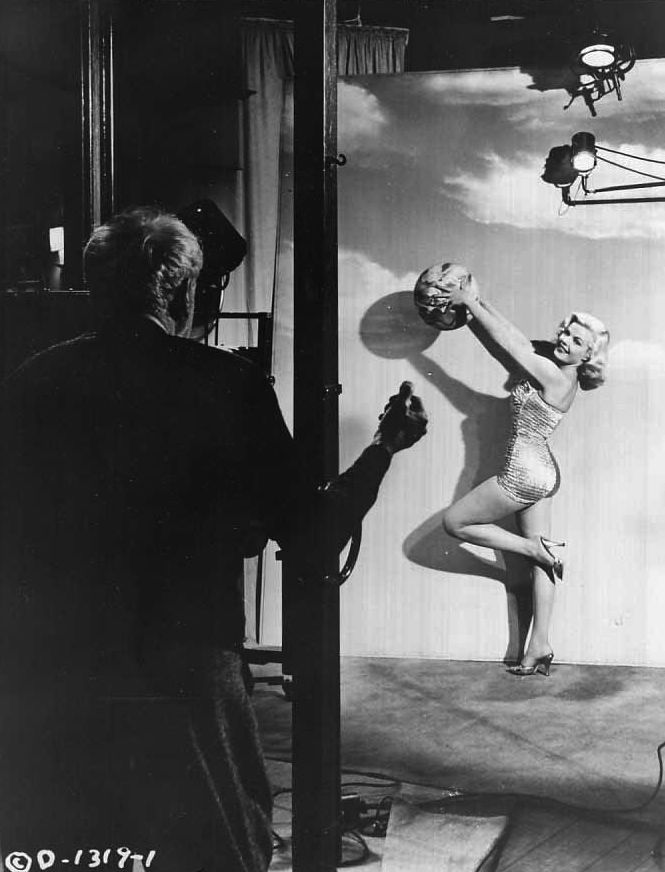
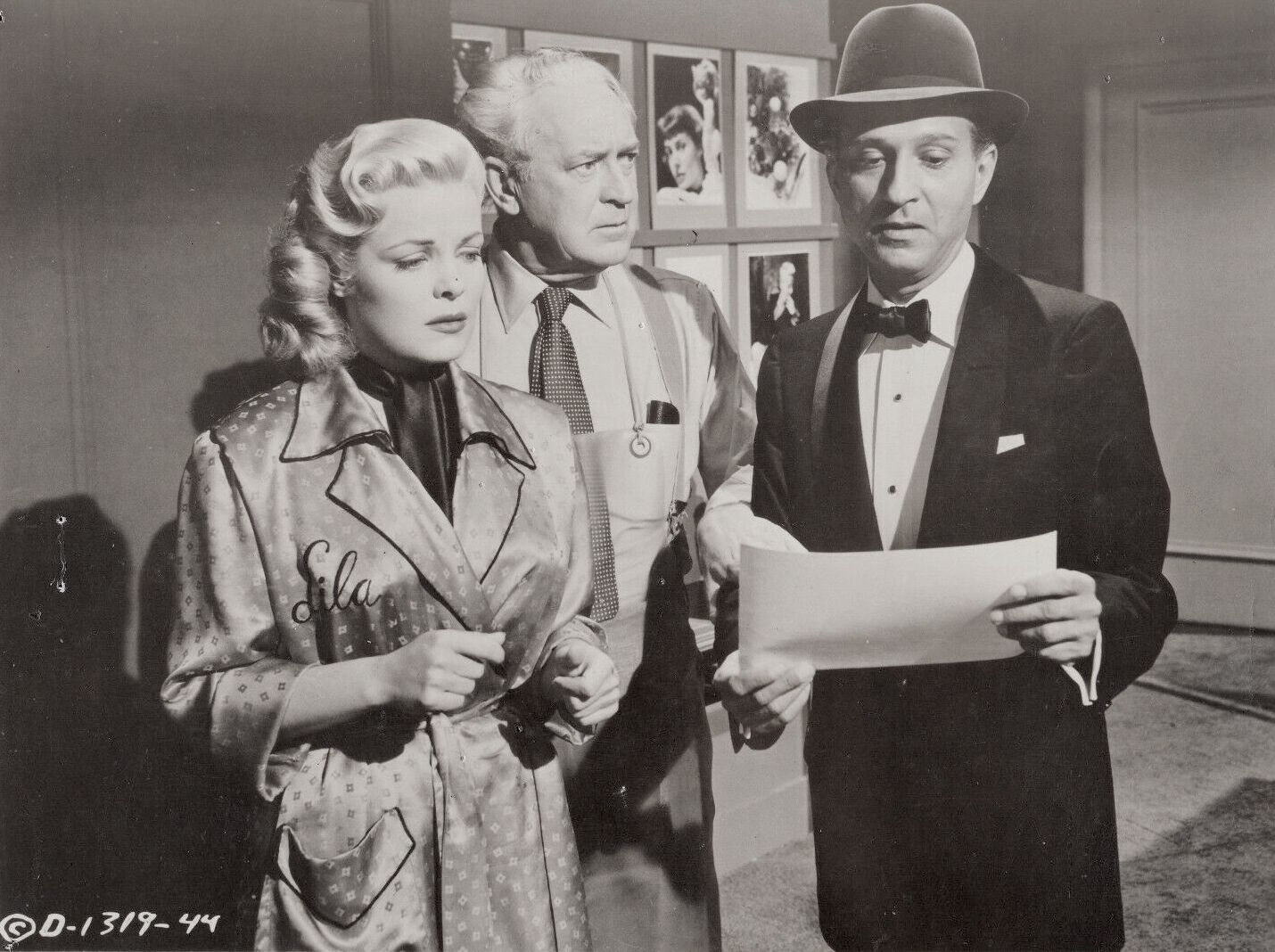
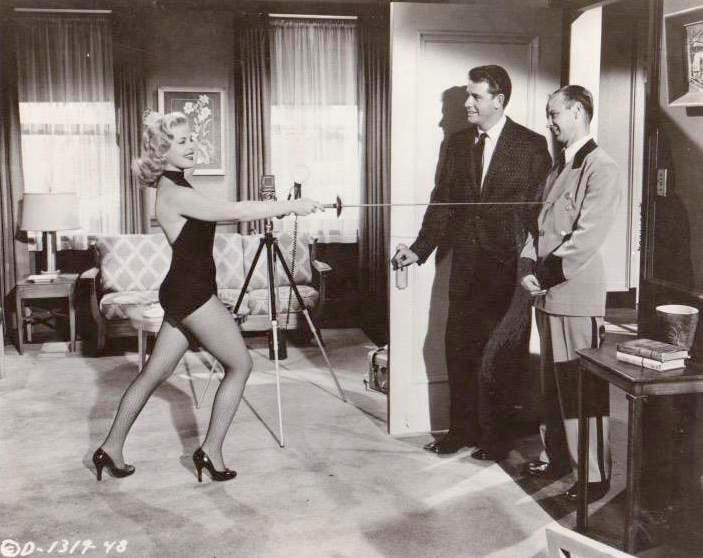
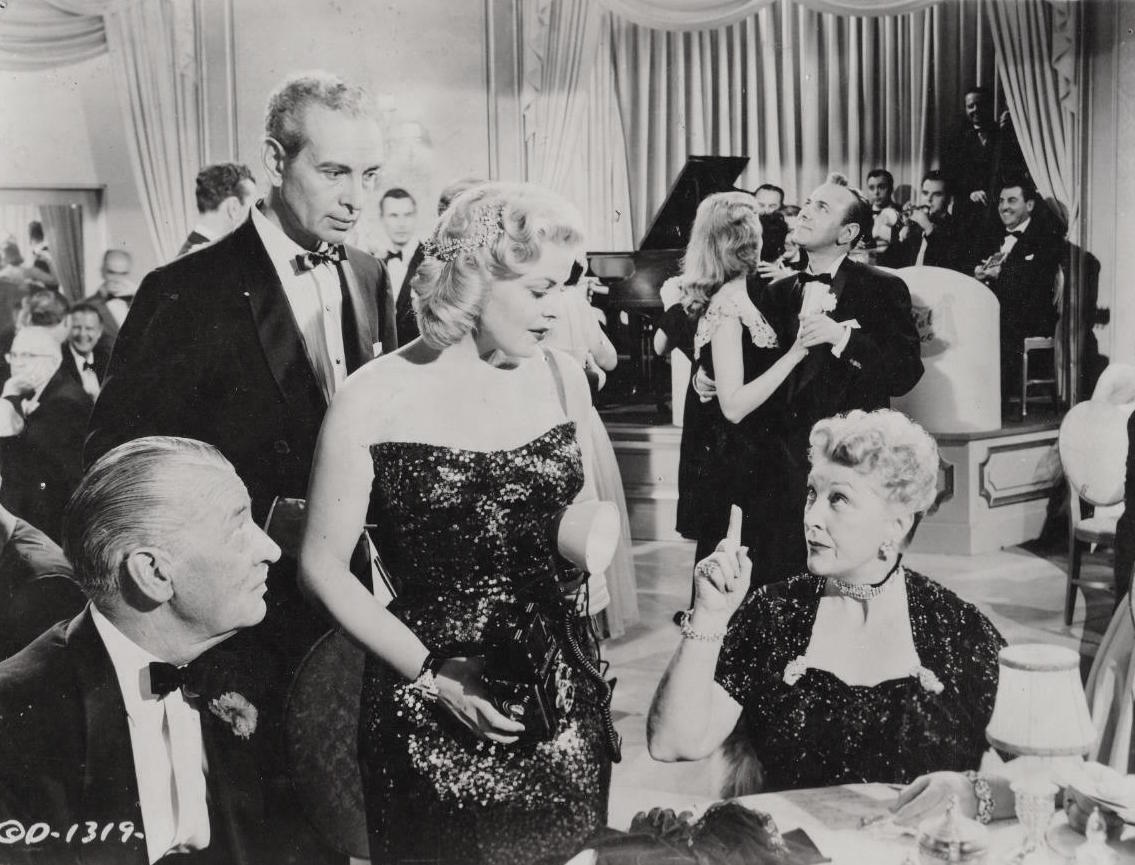
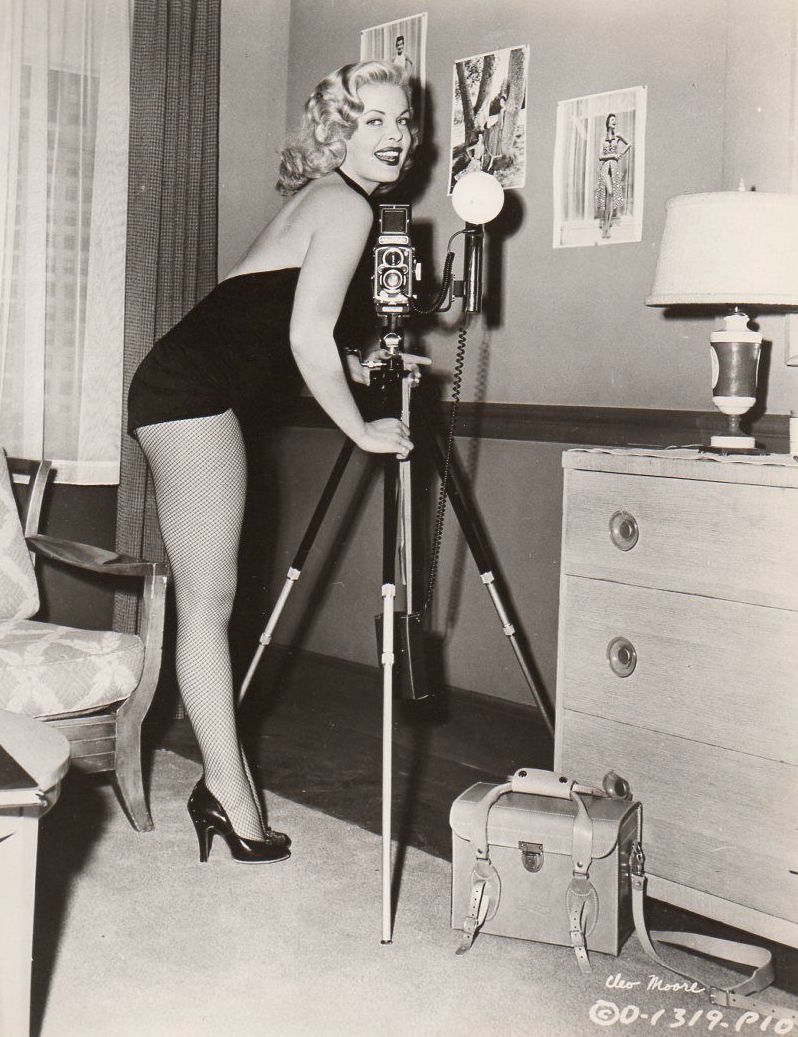
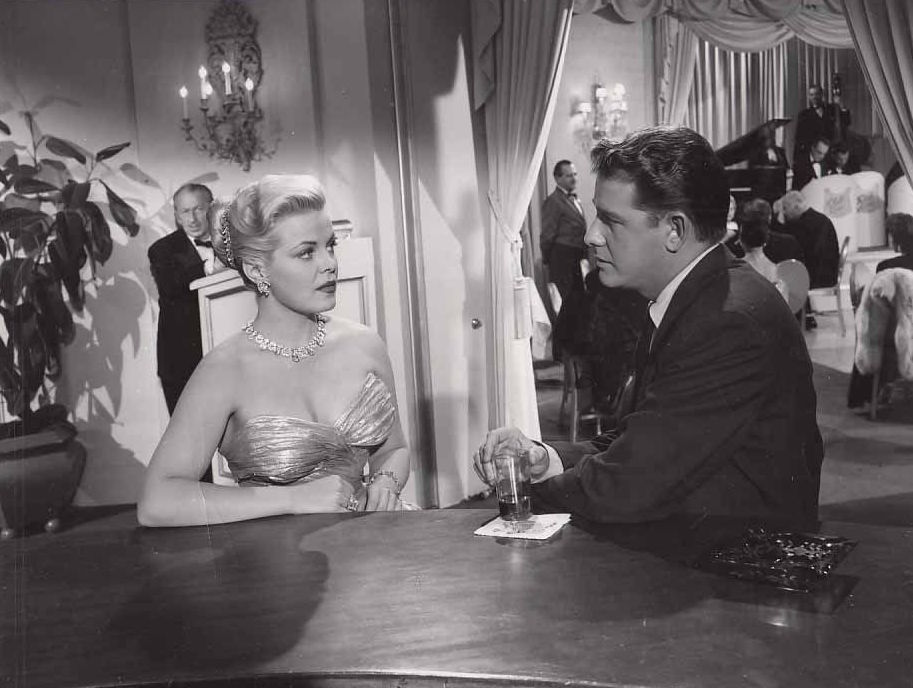
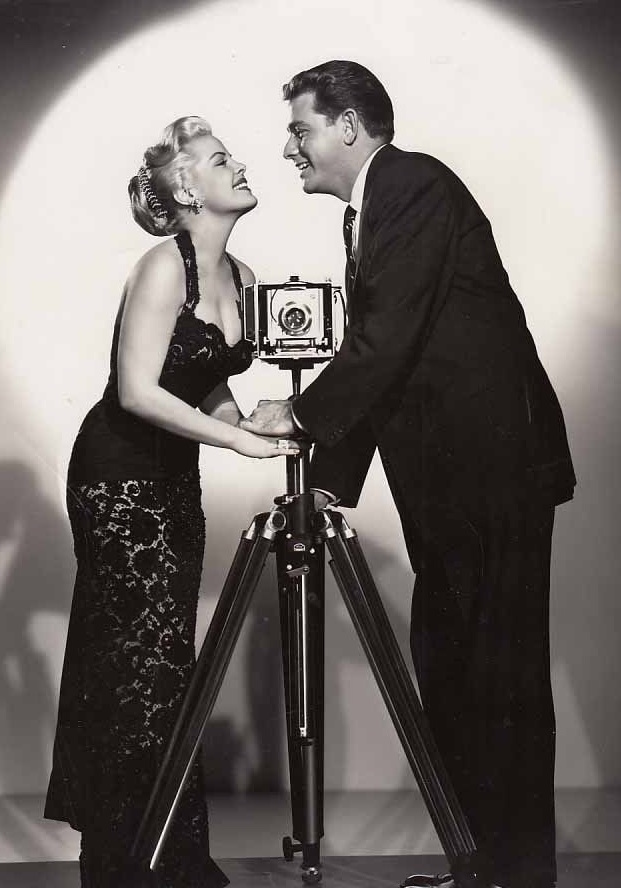
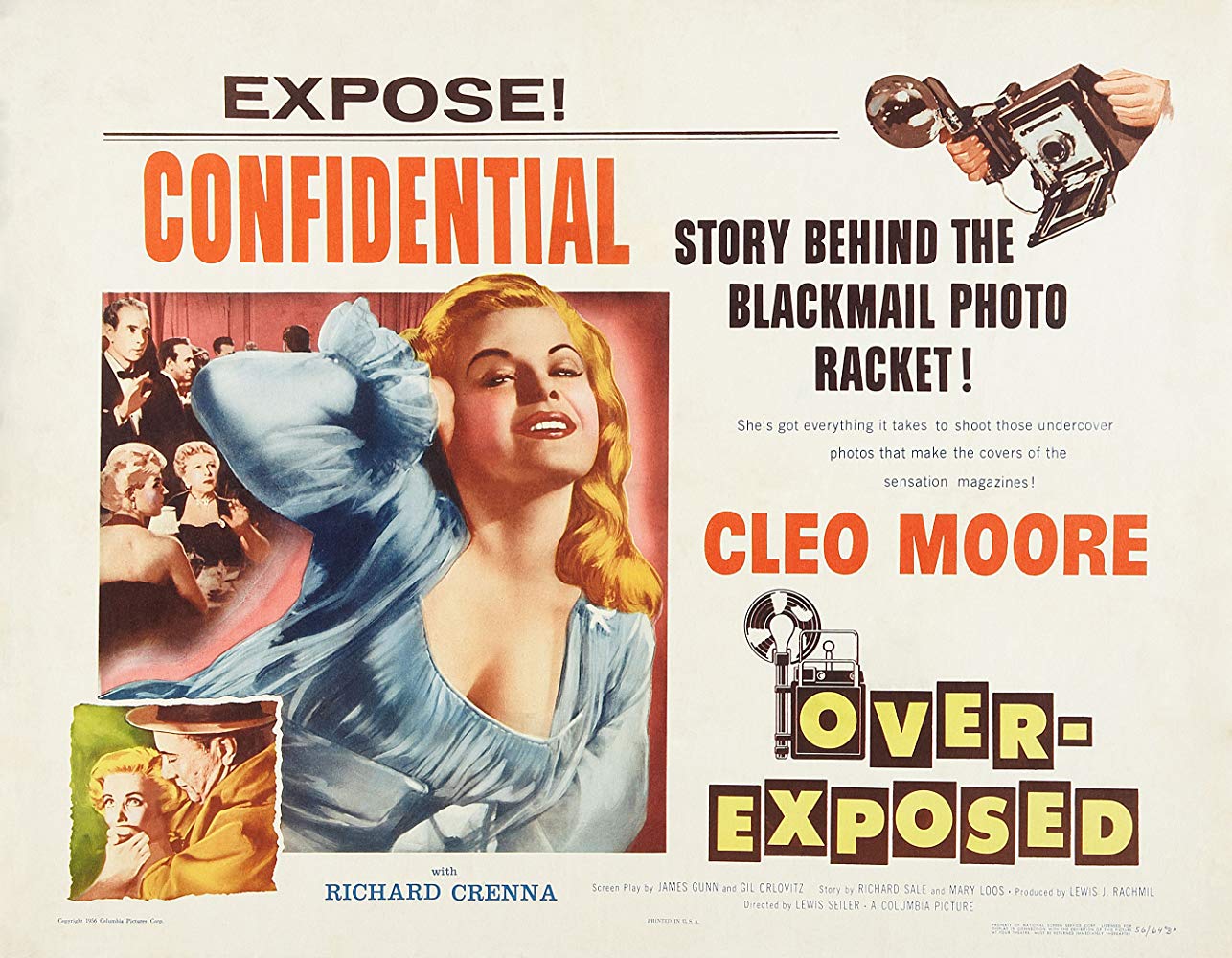
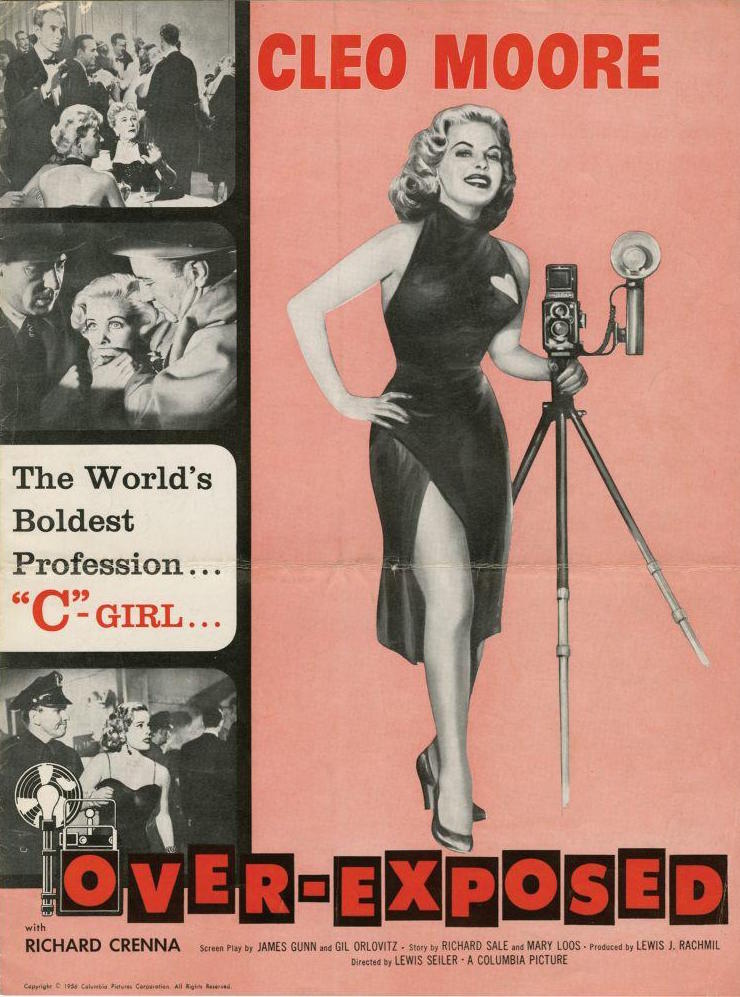
| Femmes Fatales | Nov 3 2010 |

I’m gonna love you just little, Moore baby.
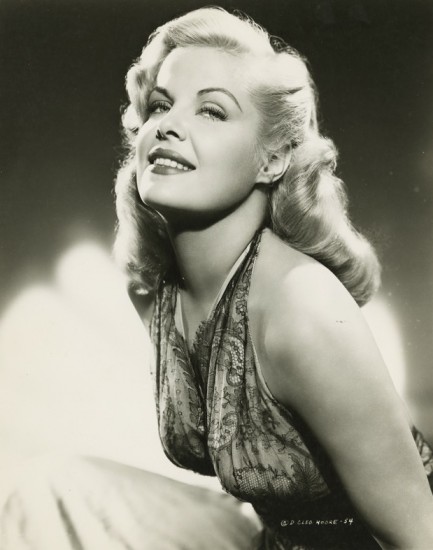
American actress Cleo Moore, seen here in a Columbia Pictures promo still used for the 1956 drama Over-Exposed, in which she starred with Richard Crenna. Moore was one of half a dozen actresses who found fame during a wave of blonde mania that gripped Hollywood just after Marilyn set the town on fire.




































































